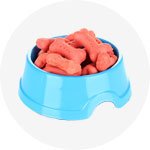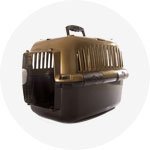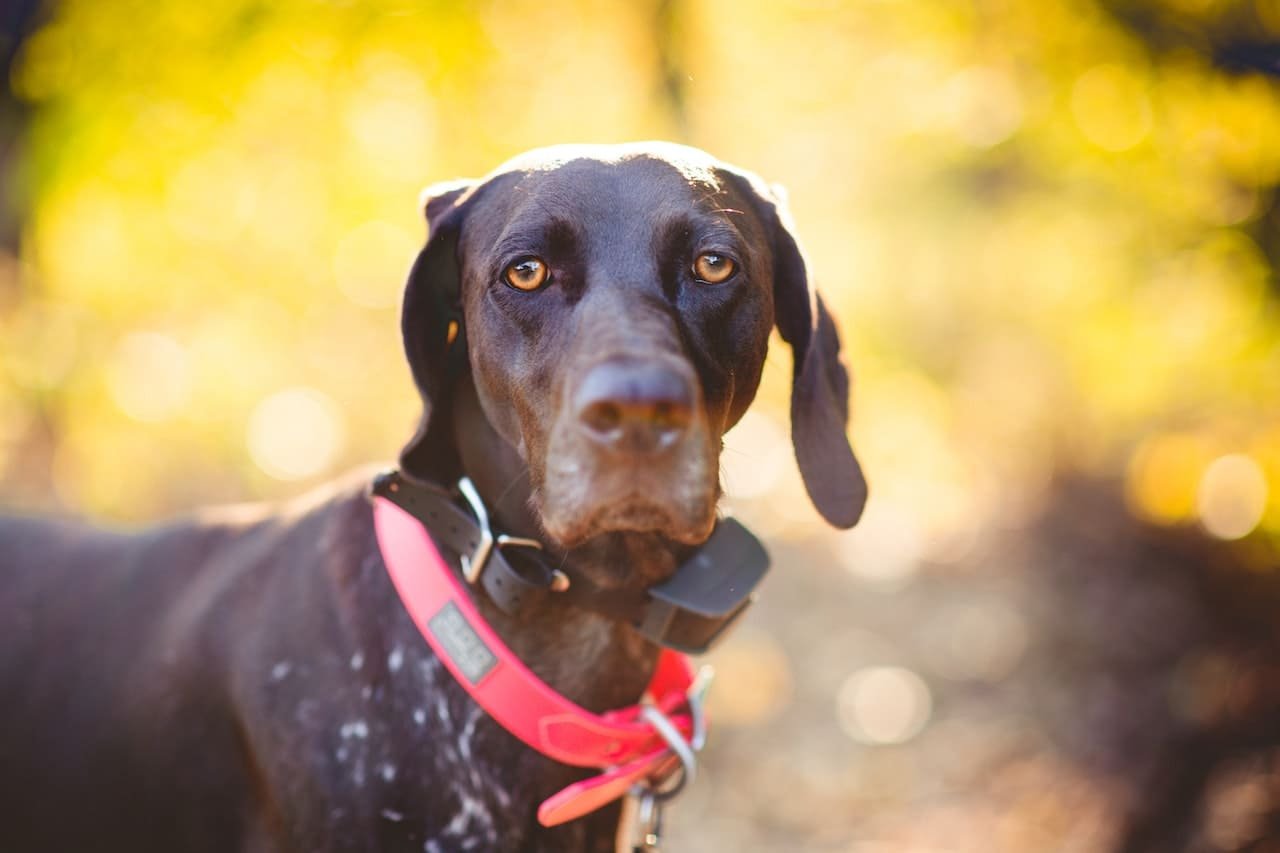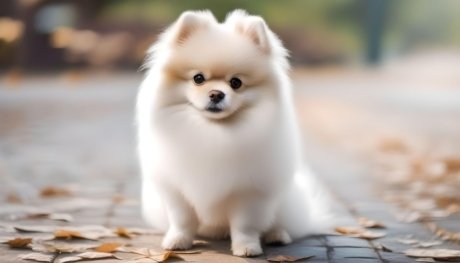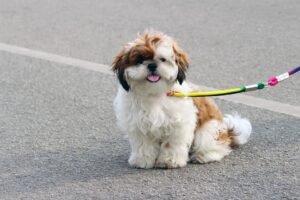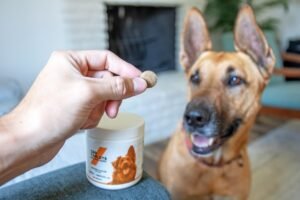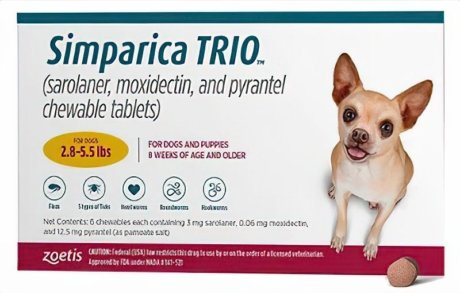9+ Hairless Dog Breeds: Companions with Big Personalities
Hairless dogs, as the name suggests, are dog breeds that possess little to no hair on their bodies. These remarkable canines exhibit an unusual appearance that attracts the attention of dog enthusiasts around the world. Despite their lack of fur, hairless dogs have captured the hearts of many pet owners due to their distinctive charm and low-maintenance nature. In this article, we will explore the world of hairless dog breeds, delving into both small and large varieties, their unique characteristics, and why they make exceptional companions.
The Appeal of Hairless Dogs: A Distinctive Look and Minimal Shedding
Hairless dogs stand out from other breeds with their smooth, naked skin. Their unique appearance can be intriguing to those seeking a one-of-a-kind pet. One of the advantages of hairless dogs is their minimal shedding, which can be a relief for individuals who are allergic or sensitive to pet dander. While hairless dogs do not completely eliminate allergens, their reduced hair volume often reduces the severity of allergic reactions.
9 Hairless Dog Breeds: Companions with Big Personalities
Small hairless dog breeds are beloved for their compact size, making them suitable for various living arrangements, including apartments and houses with limited space. These pint-sized canines boast vibrant personalities that compensate for their diminutive stature. If you’re considering a small hairless dog breed, two popular options are the Chihuahua and the Chinese Crested.
1. Chihuahua:
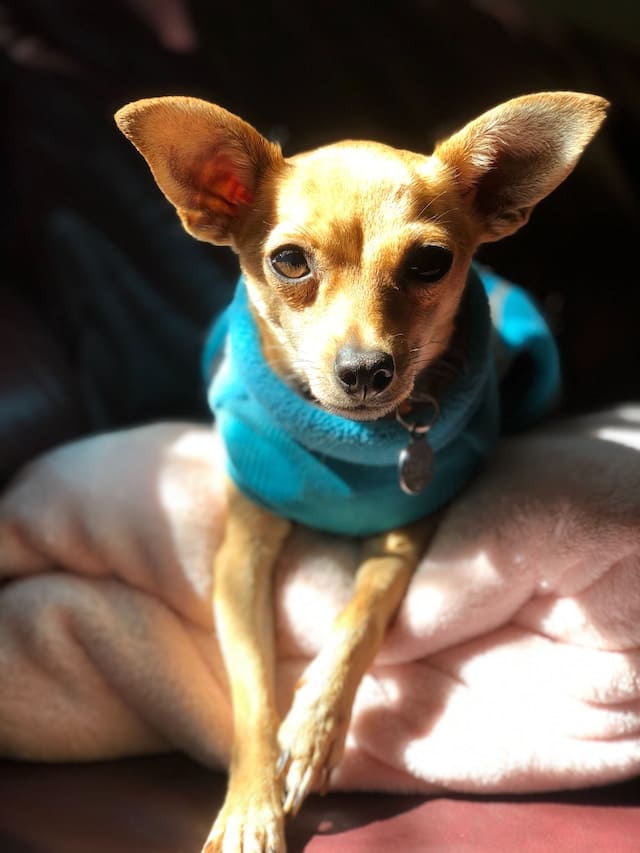
Chihuahuas, despite their small size, possess a big heart and an even bigger personality. Known for their spirited nature, these tiny dogs are fiercely loyal to their owners. Chihuahuas thrive on attention and enjoy cuddling up on laps. With proper socialization and training, Chihuahuas can be friendly and outgoing, making them wonderful companions for individuals and families alike.
2. Chinese Crested:

The Chinese Crested is a small hairless dog breed that captivates with its unique appearance. These dogs have hair only on their heads, paws, and tails, which creates a striking contrast against their hairless bodies. Chinese Cresteds are known for their playful and affectionate nature, making them excellent companions for both individuals and families with children. They are also highly adaptable and can adjust well to different environments and lifestyles.
3. Mexican Hairless Dog (Xoloitzcuintli):

The Xoloitzcuintli, often referred to as the Xolo, is an ancient breed with a history dating back over 3,000 years. They come in three sizes (toy, miniature, and standard) and can have both coated and hairless varieties. Xolos are known for their intelligence, loyalty, and calm disposition. They form strong bonds with their families and make excellent watchdogs.
4. American Hairless Terrier:

Developed in the United States, the American Hairless Terrier is a small and energetic breed. They are known for their playful and affectionate nature, making them great family pets. American Hairless Terriers are highly intelligent and trainable, and they excel in various dog sports and activities.
5. Thai Ridgeback:

While not completely hairless, the Thai Ridgeback has a distinctive ridge of hair along its back. Originating from Thailand, this breed is known for its independence and intelligence. Thai Ridgebacks are loyal and protective of their families, making them excellent guard dogs. They require regular exercise and mental stimulation to keep them happy and content.
6. Hairless Khala:

The Hairless Khala, also known as the Inkabijou, is a rare and unique hairless breed from Peru. They have a calm and friendly disposition, making them suitable for families and individuals alike. Hairless Khalas are known for their affectionate nature and make wonderful companions. They have minimal grooming needs and require regular skincare to keep their skin healthy.
7. Peruvian Inca Orchid:

The Peruvian Inca Orchid, also known as the PIO or Peruvian Hairless Dog, is an elegant and noble breed. They come in different sizes, from small to large. These dogs have a slim, graceful build and a smooth hairless coat. Peruvian Inca Orchids are intelligent, loyal, and devoted to their families. They require proper socialization and gentle training to bring out their best qualities.
8. Hairless Rat Terrier:
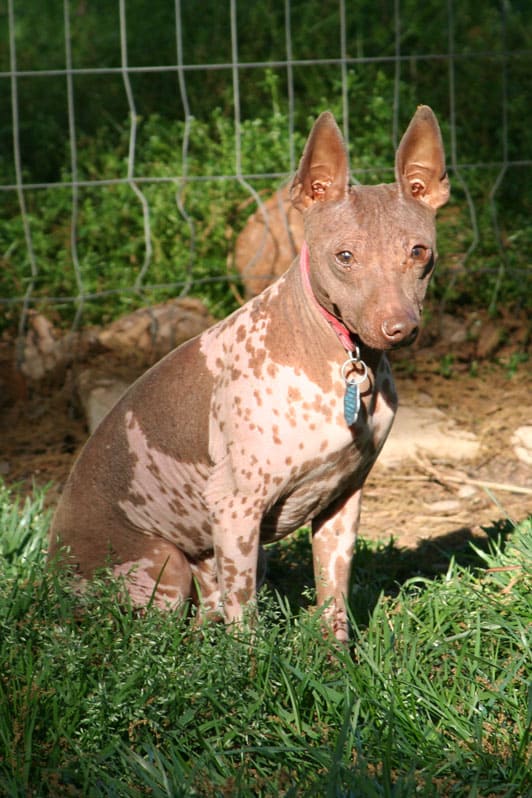
The Hairless Rat Terrier is a lively and energetic breed known for its intelligence and agility. They are a hairless variety of the Rat Terrier breed. These dogs have a playful and outgoing personality. They are excellent at various dog sports, including agility, obedience, and tracking. Hairless Rat Terriers are highly trainable and make devoted companions for active individuals and families.
9. Argentine Pila Dog:

The Argentine Pila Dog, also known as the Argentine Hairless Dog, is a unique and rare breed from Argentina. They have a hairless body with a few patches of hair on their heads and tails. Argentine Pila Dogs are known for their friendly and affectionate nature. They form strong bonds with their families and are great with children. These dogs are intelligent and trainable, making them versatile companions.
Large Hairless Dog Breeds: Majestic and Lovable Giants
While small hairless dog breeds have their charm, large hairless dog breeds make an equally remarkable impression. These majestic canines possess an imposing presence coupled with a gentle and loving demeanour. If you’re looking for a larger companion, two notable options are the Xoloitzcuintli and the Peruvian Inca Orchid.
1. Xoloitzcuintli: Ancient Beauty and Devotion
Xoloitzcuintlis are known for their loyalty and protective nature, making them excellent family dogs. Despite their regal appearance, they are friendly, intelligent, and adaptable, forming strong bonds with their human companions.
2. Peruvian Inca Orchid: Graceful and Sensitive Companions
Peruvian Inca Orchid are known for their loyalty, making them fiercely protective of their loved ones. The Peruvian Inca Orchid requires ample socialization and positive reinforcement training to ensure they grow into well-rounded and well-behaved companions.

Hairless Dogs as Family Pets: Temperament, Training, and Socialization
Hairless dogs, regardless of size, can make excellent family pets. Understanding their temperament, training requirements, and the need of socialisation is important for developing a happy bond with your canine friend. Hairless dogs have a reputation for being affectionate, clever, and flexible. They thrive on human interaction and like being a part of a caring and active household.
Proper training and socialisation begin at a young age for hairless dogs. It assists kids in becoming well-mannered, self-assured, and pleasant. Enrolling your hairless dog in puppy classes and introducing them to different situations, people, and other animals will help them develop into happy and well-adjusted adults.
Grooming and Maintenance: Taking Care of Your Hairless Companion
While hairless dogs do not need to be groomed on a daily basis like their furry counterparts, they still require proper care and attention to maintain their skin health. Hairless dogs are more sensitive to sunburn, dryness, and skin irritations due to their lack of hair. Regular moisturising and sunscreen application when they are outside can help protect their delicate skin.
Bathing is a vital part of grooming a hairless dog. Excessive bathing, on the other hand, can strip the skin of its natural oils, causing dryness and irritation. Consult a veterinarian or professional groomer to establish the best bathing schedule and skincare products for your hairless dog.
Health Considerations: Special Care for Hairless Dog Breeds
Hairless dog breeds may require additional attention when it comes to their health. Their lack of hair exposes their skin to potential issues, and their teeth and nails may also need extra care. Regular veterinary check-ups are essential to monitor their overall well-being, address any health concerns promptly, and ensure they receive the necessary vaccinations and preventive treatments.

It is important to note that hairless dogs are more sensitive to extreme temperatures. During colder seasons, providing them with appropriate clothing or shelter can help keep them warm and comfortable. Similarly, in hot weather, it is crucial to provide shade, fresh water, and avoid prolonged sun exposure to prevent overheating and sunburn.
The Hairless Dog Community: Finding Support and Resources
Joining the hairless dog community can be a valuable experience for both new and seasoned owners. Connecting with other owners of hairless dogs allows for sharing knowledge, experiences, and tips on grooming, training, and general care. Online forums, social media groups, and local breed clubs are great avenues to connect with fellow enthusiasts and seek advice on specific breed-related concerns.
Additionally, attending dog shows, events, or meetups dedicated to hairless dogs can provide opportunities for networking, learning, and celebrating the uniqueness of these breeds. Engaging with the community can also help discover reputable breeders, trainers, and resources that cater to the specific needs of hairless dogs.
Conclusion:
Hairless dog breeds are captivating and extraordinary companions. Whether you opt for a small hairless dog breed like the Chihuahua or Chinese Crested, or choose a larger breed such as the Xoloitzcuintli or Peruvian Inca Orchid, these dogs offer loyal companionship, minimal shedding, and a distinctive appearance. With proper care, training, and socialization, hairless dogs can thrive in various households and bring joy and love to their owners.
Frequently Asked Questions:
Can hairless dogs get sunburned?
Yes, hairless dogs are more prone to sunburn due to their lack of fur. It is important to protect their exposed skin with sunscreen and limit their sun exposure.
Do hairless dogs require special clothing?
Hairless dogs may benefit from clothing in colder weather to keep them warm. Additionally, clothing can provide protection against sunburn and skin irritations.
Are hairless dogs hypoallergenic?
Hairless dogs are often considered hypoallergenic because they shed minimal amounts of hair. However, it is important to note that allergens can still be present in their dander and saliva.
Can hairless dogs live in colder climates?
Hairless dogs are more sensitive to cold temperatures due to their lack of fur. In colder climates, they may require extra protection, such as clothing and shelter, to keep them warm and comfortable.
How often should I bathe my hairless dog?
The bathing frequency for hairless dogs depends on various factors such as their skin condition and activity level. Consult with a veterinarian or a professional groomer to determine the appropriate bathing schedule for your specific breed and individual dog.
Recommended:
Top 10 Muscular Dogs Breed in the World You can Buy in – 2023






















